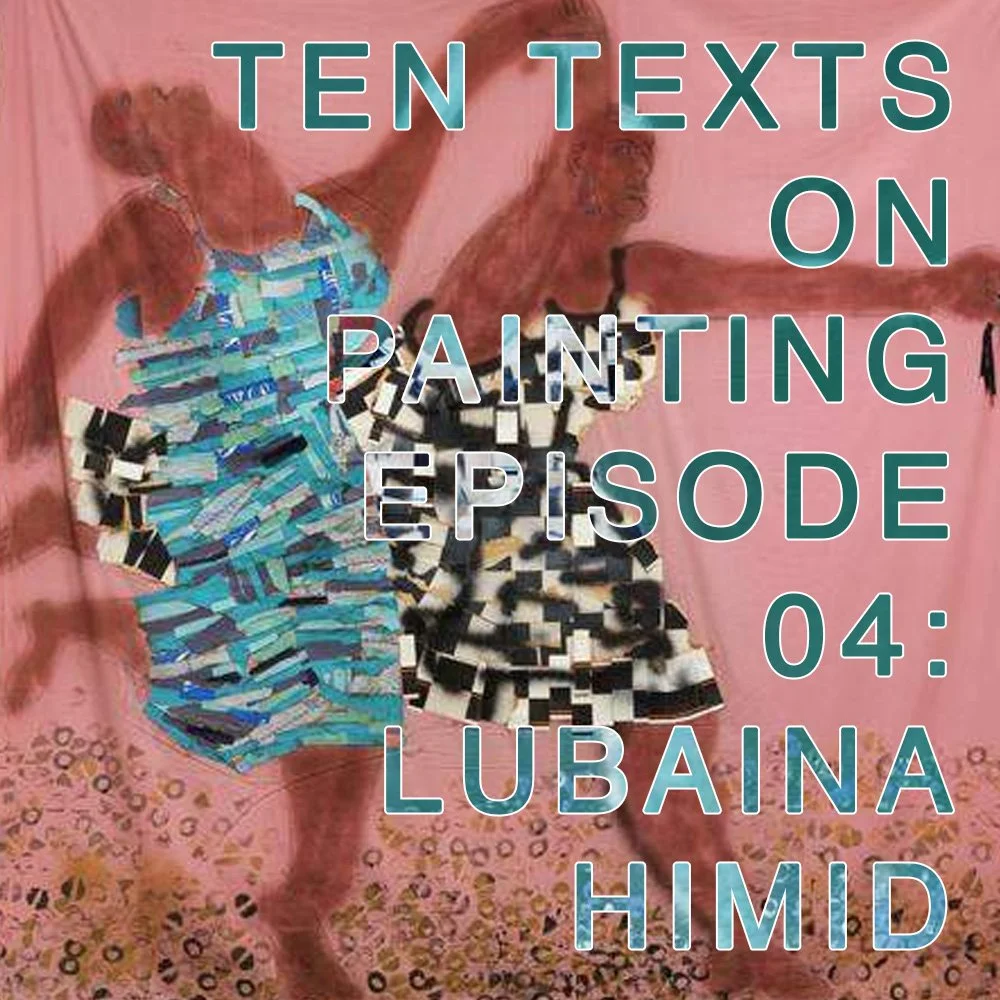Welcome to the fifth episode of Ten Texts on Painting. This time, Matt and Andrea discuss the work of Lee Lozano. We read a chapter of Jo Applin’s book on Lozano Lee Lozano: Not Working, Lozano’s published notebooks from 1967-70, when she was making her masterpiece, the Wave paintings, and finally Jo Baer’s letter to Artforum from 1967. We talk about the connection between Lozano’s paintings, her art/life ‘pieces’, and her place in the New York art scene of the late 1960s.
Download PDFs of the texts below
Applin, J. (2018) Lee Lozano: Not Working. New Haven, CT: Yale University Press. Download PDF
Baer, J. (1967) ‘Jo Baer - Letter to the editor’, Artforum. Download PDF
Lozano, K. (2009) Lee Lozano: notebooks 1967-70. New York: Primary information. Download PDF


















